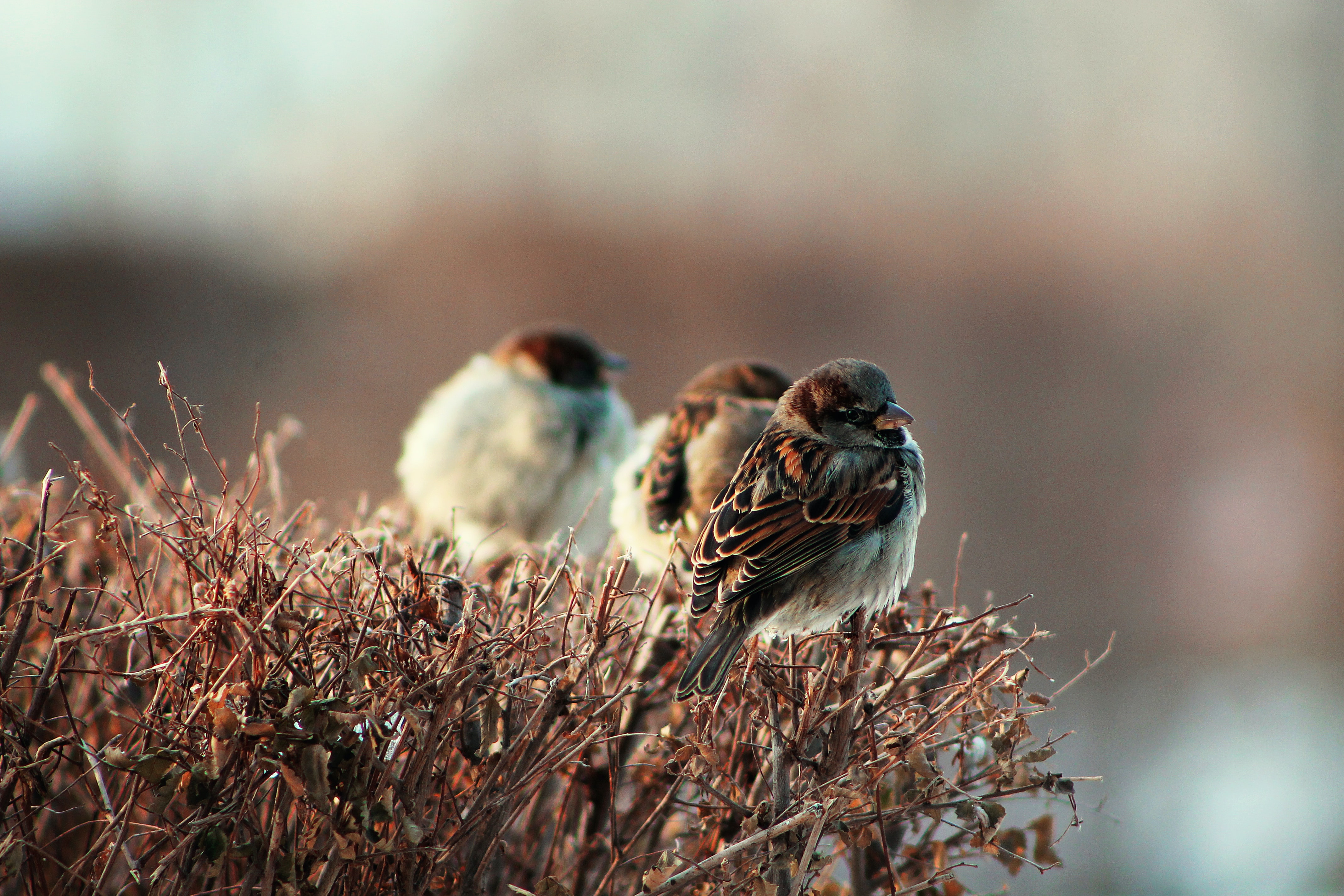These bird tongues Contains an extra bone . The tongue hardens so that it can be used to store seeds. These birds can fly at speeds of 24 to 31 miles per hour (38.5 to 50 kilometers per hour). They are mentioned in many ancient books and manuscripts, including the Bible. Where to find sparrows old world species are native to Africa, Asia, and Europe , but they have been naturalized in the Americas and Australia .New world sparrows live in the Americas.
The natural habitat of birds is in the open forest , fields , grasslands deserts . Created and they can be found in large numbers in cities and neighborhoods. If you want to see these birds you will attract them with a yard bird feeder sparrow. Scientific names Most of these birds are Old World or New World. Old world species classified as sparrows are also called true sparrows. They form eight generations in the family.
These are small brown and grey birds with conical or cone shaped beaks. Some , like the red headed chipping and white - throated sparrows have distinctive markings on their heads . Others like the song sparrows , are blotched in brown and cream. These birds forage in small to large flocks. Many species may be present in a single flock. Abundant varieties include song , chipping, white-throated , and red headed sparrows .
A unique behaviour of these birds is dust bathing. The birds scratches a hole in the ground with its feet, settle into it , and flings dust into its body using its wings. They also like bathe in puddles.
Sparrows predators and Threats Hawks , owls, and cats commonly hunt the adult birds . Youngh flightless birds and unhatched eggs are preyed upon by raccoons and snakes.Crows, jays and grackles may also eat the eggs.
In some parts of the world , people eat these birds .














No comments:
Post a Comment